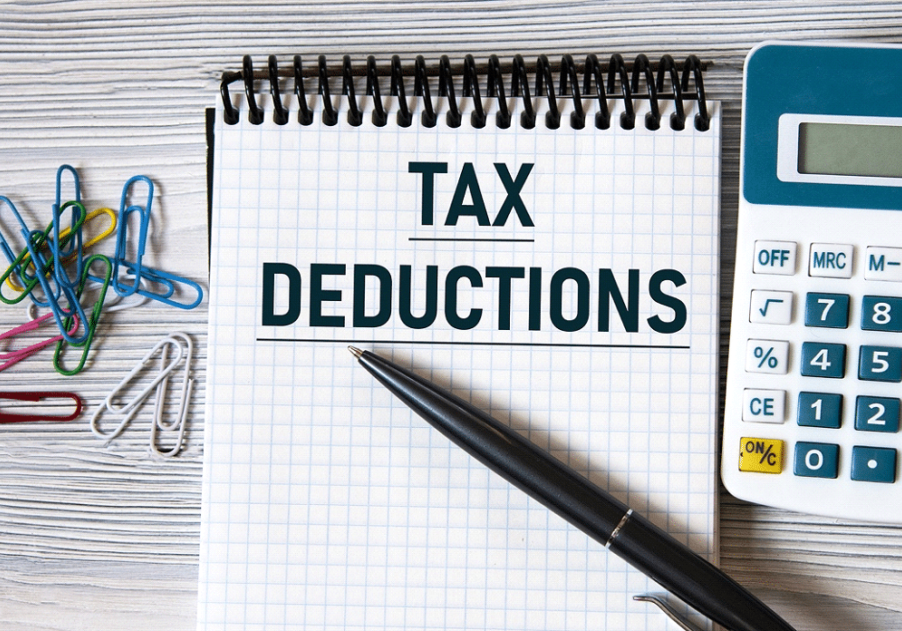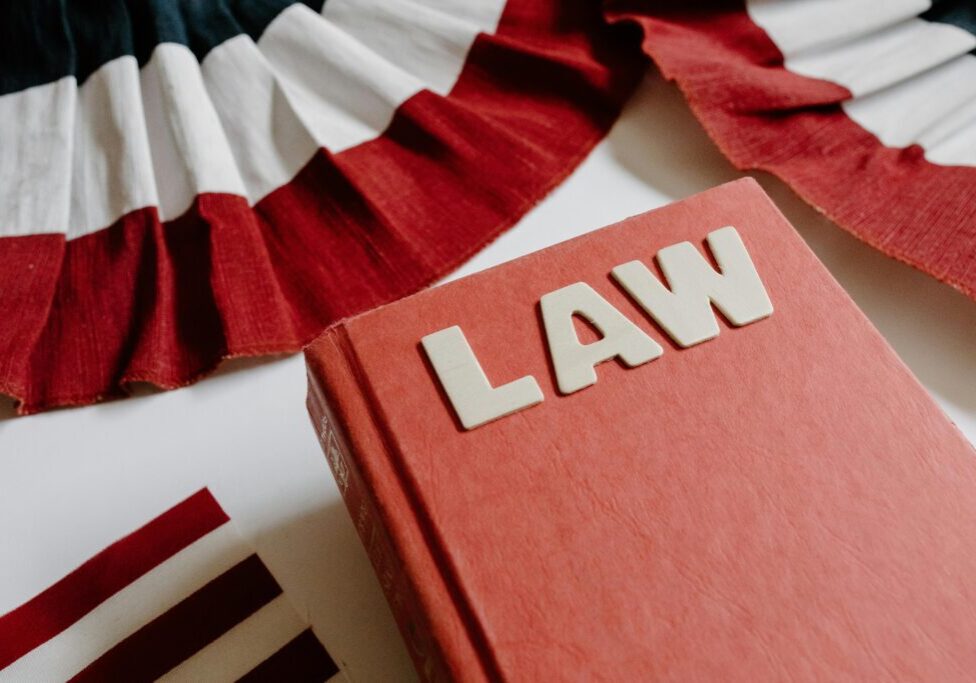IRC §1031 Tax Free Exchanges
Internal Revenue Code §1031, Exchange of property held for Productive use or investment, was enacted in 1921.
While often referred to as tax free exchanges, §1031 transactions are more accurately described as tax deferred exchanges. Deferred means tax otherwise reported in the year of sale is pushed out to a future date. Of course other future events, such as the death of a tax payer resulting in a step-up in tax basis, may result in no income tax ever being paid. Therefore an opportunity to take advantage of IRC §1031 should not be overlooked.
From the late 90s through 2012 the maximum capital gains tax rate was 15%. Many tax payers concerned about future tax increases (and rightfully so as it turned out) simply recognized taxes due on sales of assets in the year of sale. Tax deferred exchanges were not very popular during that period. With the increase in tax rates in 2013, tax deferred exchanges are once again attractive.
The tax benefits of a §1031 exchange are deferral of capital gains tax and, if applicable, net investment income tax (NIIT). Capital gains tax rates for individuals are presently at a maximum rate of 20%, and the NIIT tax is 3.8%. The combined rate of 23.8% is approaching the 28% capital gains tax rate that was in effect for most the 90s, a period in which §1031 exchanges were popular.
It is important to understand that capital gains tax rates are in lieu of and are lower than ordinary individual income tax rates, i.e. they are beneficial. On the other hand, capital gains taxed within a corporation are subject to the regular corporate tax rates, i.e. there are no benefits from the standpoint of the applicable tax rates.
The tax deferral only applies to certain types of property. First, the property has to be either held for productive use (meaning used in a business) or held for investment (a parcel of land or a rental property).
Only certain types of property used in a trade or business are eligible for tax deferral in an exchange. Equipment, fruit trees, livestock and other similar types of property are classified as IRC §1245 property. Taxable gains or losses from the sale of §1245 are reported in the year of sale and cannot be deferred under §1031. (This is also true in a sale under an installment contract).
The term investment property means just that. While many taxpayers refer to their home as their biggest investment, it not an investment under the IRC. A cabin is not an investment under the IRC either.
As with all tax strategies, the first step is to determine the potential benefits. While there are many §1031 promoters that possess a good working knowledge of the applicable rules for a tax deferred exchange, it is best to consult with a tax professional that has a comprehensive understanding of all the applicable tax aspects.
Our firm recently encountered a §1031 tax deferral promoter who believed that all gain from the sale of an orchard qualified for tax deferral. Taxable gain attributable to trees and equipment is not eligible for deferral and further depreciation must first be recaptured to the extent of gain. Ordinary tax rates apply to the recapture portion and are calculated in the year of sale, even if under an installment contract. In an orchard, land is the primary asset eligible for tax deferral.
If after calculating the potential benefits that may be achieved by employing §1031, the next step is to identify what qualifies as replacement property and whether you are interested in such property.
If selling investment or business real estate, are you interested in reinvesting in real estate? Or would it be better to forgo the §1031 tax deferral and diversify your investments.
If selling land and a building used in your business, only applicable capital gains taxes apply; NIIT does not apply to property used in a trade or business.
Say you are retiring, selling your business operations, and you chose to do a §1031 tax deferred exchange of business property for the sale of land and building used in your business
by acquiring residential rental property. While the 20% capital gains tax will be deferred, the subsequent sale of the rental properties may be subject to NIIT applicable to the replacement property.
Finally, in executing a §1031 exchange, you must carefully follow the rules. Replacement property must qualify as “like-kind”, it must be identified within 45 days from the date of sale of the property currently held, and the purchase of the replacement property must occur within 180 days of the date of sale.
Accommodators or facilitators are often used as it is unlikely that you will find someone to swap property with. An accommodator holds the sellers proceeds until purchase of replacement property occurs.
There are other complications in a §1031 transaction:
- Cash from the sale of property must not come into the seller’s hands (or account)
- The value of the replacement property must equal or exceed the property sold, to the extent it does not, gain
- and deferral is allocated proportionately from the first dollar of gain
- The values are based on transaction value, not net of debt or proceed values
- Accommodators may have to be involved, resulting in a commission, and most importantly, vetting of the accommodator to make certain your proceeds will be safe
If after careful thought and consideration a §1031 transaction appeals to you, consult with an independent professional expert in these transactions to assist you and look out for your best interests.
Barry Warner is managing partner with Alegria & Company, PS.
He can be reached at: bwarner@alegriacpas.com











